The true cost of necrotic enteritis
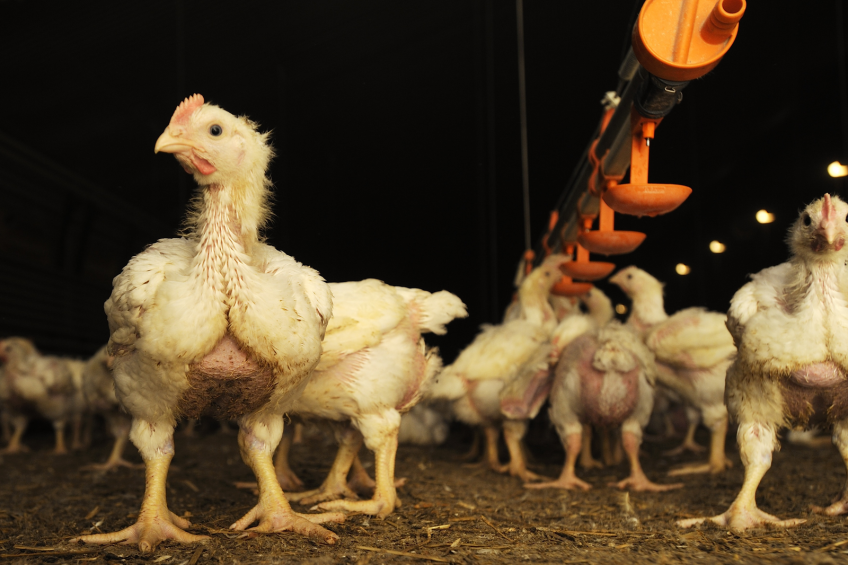
Necrotic enteritis has increased in occurrence and severity over the years. When it comes to the damage it causes, producers often adopt the figure of US$0.05 per chick derived from a US$2 billion loss on a worldwide scale estimated in 2000. Since then, parameters have changed, as have the true costs of NE, which could come close to US$6 billion in 2015.
For those with an interest in the bacterial pathology of chickens, most, if not all, will be aware of necrotic enteritis (NE), a disease found worldwide wherever chickens are farmed. This economically significant disease, caused by the bacterium Clostridium perfringens, causes lesions in the chicken’s intestine and can lead to flock mortality of 1% per day (clinical NE). The true economic impact of NE though is felt not from those birds that die from infection, but those who suffer from disease but survive subclinical NE.
Removal of antibiotic growth promotants
These birds have a reduced ability to absorb nutrients, a poorer feed conversion ratio and, as a result, are ultimately less profitable. Not only that, but as the industry increasingly turns towards the removal of antibiotic growth promotants (AGP) from feed, NE is only increasing in occurrence and severity. The Scandinavian experience of an almost immediate increase of NE after AGPs were banned is illustrative of wider trends around the world. The increase in the incidence of NE is reflected in the intensity of research in the area, as measured by journal article publication. In the last 15 years, there has been nearly a 10-fold rise in publication at a steady increase of more than 15% per year.
Costs underestimated
For many years, the cost of NE was grossly underestimated because, generally, only the effects of clinical NE were ever considered. It wasn’t until 2000 that an attempt to estimate the true cost of NE was undertaken. The figure arrived at, using this data, was US$2 billion a year worldwide. A survey of poultry producers from around the world was used to generate this information and it was found that the majority of those surveyed estimated the cost of NE to be US$0.05 per bird or higher.
Although the figure of US$0.05 per bird was used to reach the US$2 billion amount (coupled with 1999 poultry production figures), the majority of respondents actually said that NE was costing more than US$0.05 per bird. And two of the most costly regions, in terms of NE treatment, were Latin America and Europe, which represent roughly a third of the world’s broiler production. In keeping with these findings, a later study found that the cost was closer to US$0.0625 per bird.
Also read: Necrotic enteritis eating into our profit
Original estimate too conservative
We propose here that the original estimate was probably too conservative and should instead have been at least US$2.5 billion. But this estimate is now 15 years old and in need of re-evaluation. The old estimate frequently appears when discussing NE and it would seem that we are once again understating its true cost. During these 15 years, the world poultry industry has more than doubled and, as mentioned above, the impact of NE has steadily increased.
By using the revised US$2.5 billion estimate as a starting point, we can begin to speculate on what the true cost might be. If we only consider the increase in the poultry industry over these years, we reach a figure of at least US$5 billion, but this is of course a conservative approach that does not take into account the increasing incidence of NE over this time.
Key poultry producing regions historically suffered greater cost due to NE
If, instead, we factor in a modest increase of cost per bird and take into consideration that key poultry producing regions (Latin America and Europe) have historically suffered a greater cost due to NE, we can attempt to arrive at a new estimate. Reliable data on NE occurrence is difficult to come by, especially because much of the disease manifests subclinically, so we must make some assumptions. If we factor in a relatively small increase in the incidence of NE (and its subsequent cost) over these years in the range of 15%-25%, we arrive at an estimate of approximately US$6 billion per year. It would seem a reasonable supposition to state that the true global economic impact falls within this US$5-6 Billion range and only lends further weight to the importance of ongoing research into the pathology, mitigation and prevention of this serious disease.
| Subclinical necrotic enteritis Necrotic enteritis is known to affect broilers, laying hens, turkeys, and quail. The clinical form is most commonly seen in two to five-week-old broilers, where symptoms may include severe depression, decreased appetite, dark-coloured diarrhoea, closed eyes and ruffled feathers. Symptoms are short-lived because affected birds die quickly and deteriorate rapidly from the inside out. It is the chronic, subclinical form that often goes undetected, causing large reductions in growth and feed conversion rates, and thus the largest cause of economic loss. In addition, liver condemnations at the processing plant are also not uncommon with the chronic, subclinical form of the disease. The subclinical form is the most costly one for the industry. |
Join 31,000+ subscribers
Subscribe to our newsletter to stay updated about all the need-to-know content in the poultry sector, three times a week. Beheer
Beheer

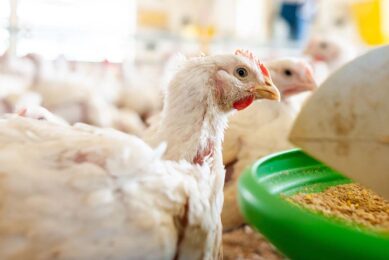
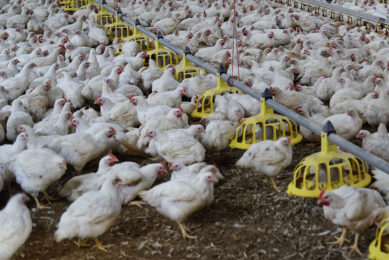
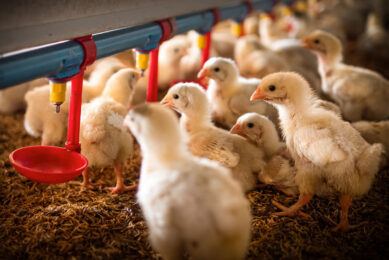
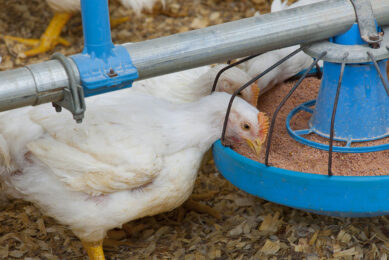



 WP Admin
WP Admin  Bewerk bericht
Bewerk bericht